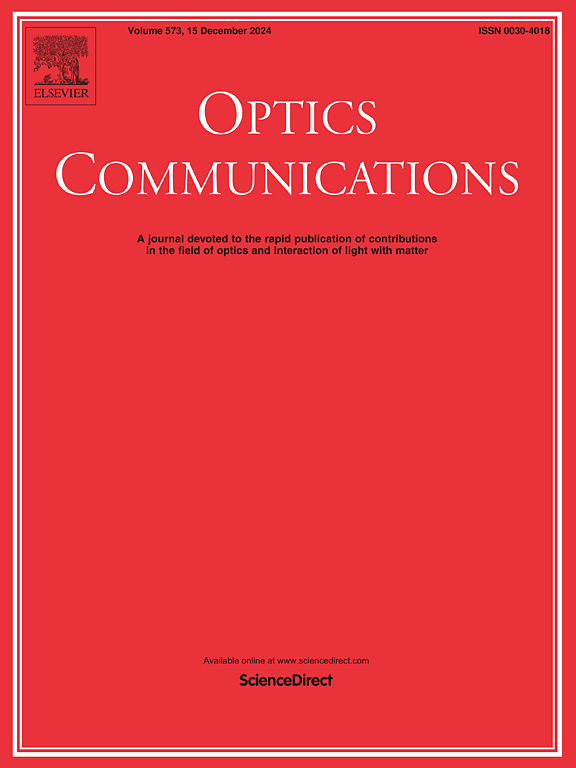Implementation of D-TURTLE with nanocrystals for the characterization of the polarization state of few-cycle laser pulses
IF 2.2
3区 物理与天体物理
Q2 OPTICS
引用次数: 0
Abstract
The D-TURTLE technique for the characterization of the polarization state of few-cycle pulses has been implemented using ensembles of randomly oriented nanocrystals as non-linear medium. Recording traces for four different field projections we were able to unambiguously determine the polarization state and handedness of few-cycle laser pulses. This approach can be especially interesting in spectral ranges where no bulk crystals are available.
求助全文
约1分钟内获得全文
求助全文
来源期刊

Optics Communications
物理-光学
CiteScore
5.10
自引率
8.30%
发文量
681
审稿时长
38 days
期刊介绍:
Optics Communications invites original and timely contributions containing new results in various fields of optics and photonics. The journal considers theoretical and experimental research in areas ranging from the fundamental properties of light to technological applications. Topics covered include classical and quantum optics, optical physics and light-matter interactions, lasers, imaging, guided-wave optics and optical information processing. Manuscripts should offer clear evidence of novelty and significance. Papers concentrating on mathematical and computational issues, with limited connection to optics, are not suitable for publication in the Journal. Similarly, small technical advances, or papers concerned only with engineering applications or issues of materials science fall outside the journal scope.
 求助内容:
求助内容: 应助结果提醒方式:
应助结果提醒方式:


